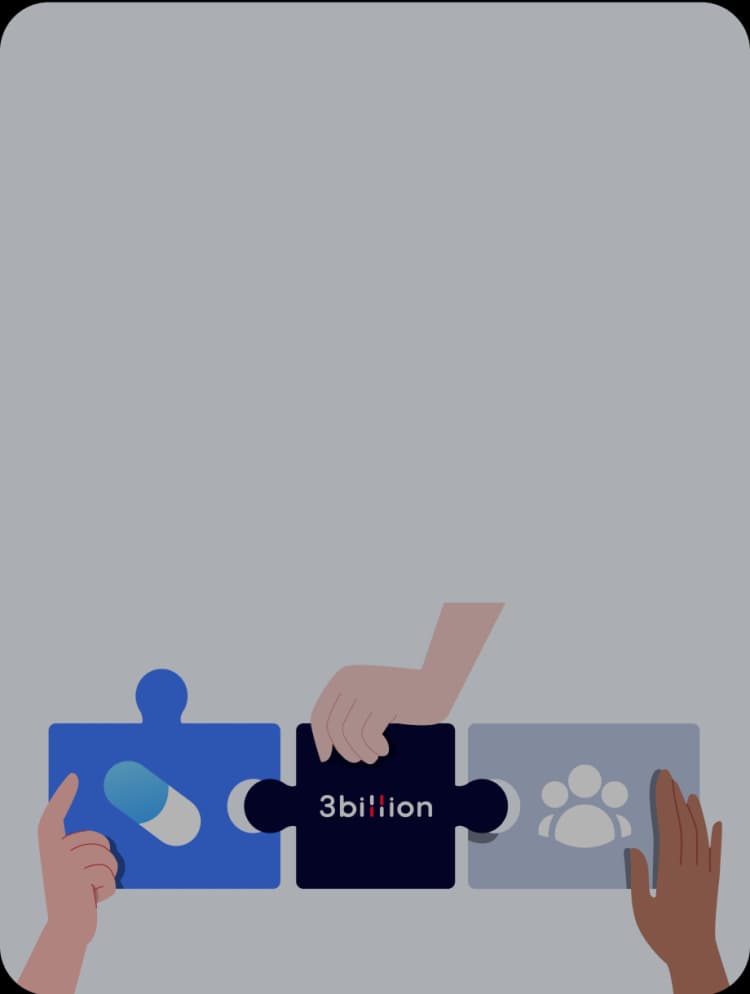NIPT test results : normal range/low risk
- Insights | 23. 09. 12
In the rapidly evolving landscape of prenatal care, Non-Invasive Prenatal Testing (NIPT) stands out as a beacon of progress. For expectant parents and healthcare providers alike, understanding the nuances of NIPT test results, especially what constitutes a normal or low-risk outcome, is crucial.
NIPT stands for Non-Invasive Prenatal Testing.1 It’s a screening test used during pregnancy to assess the risk of certain chromosomal abnormalities in a developing fetus. The test is non-invasive, meaning it doesn’t pose any risk to the fetus. It is typically performed by analyzing a sample of the mother’s blood, which contains traces of the baby’s DNA.2
The most common conditions that can be detected through NIPT include
- Down Syndrome (Trisomy 21)
- Edwards Syndrome (Trisomy 18)
- Patau Syndrome (Trisomy 13)
- Sex Chromosome Abnormalities

How accurate?
The overall accuracy of NIPT for common trisomies is usually reported as greater than 99%, which is significantly higher than traditional screening tests like the first-trimester combined screening or the second-trimester quadruple screen.3, 4 However, a low-risk result should not be misconstrued as an all-clear. It reduces the likelihood of specific genetic conditions but does not eliminate the possibility of other genetic anomalies.
Sensitivity
NIPT has a high sensitivity, which means it is very good at correctly identifying cases where a chromosomal abnormality is present. For common trisomies like Down syndrome (Trisomy 21), Edwards syndrome (Trisomy 18), and Patau syndrome (Trisomy 13), NIPT often has a sensitivity of over 99%.
Specificity
It also has a high specificity, meaning it is good at correctly identifying cases where no chromosomal abnormality is present. This helps reduce the number of false positive results.

Normal range/Low risk means
If you get a ‘normal’ or ‘low risk’ result from an NIPT test, this means that, based on the analysis of the fetal DNA in your blood, the chances of your baby having the specific chromosomal abnormalities being tested for are very low. This is generally a reassuring result, as it means that the risk of your baby having these particular conditions (such as Down’s syndrome, Edwards’ syndrome or Patau’s syndrome) is low. However, it’s important to remember that no prenatal screening test is 100% accurate and NIPT is a screening test, not a diagnostic test.
It means, A low-risk result does not equate to a zero risk but rather suggests that the likelihood of chromosomal abnormalities is below a certain threshold, typically set by medical standards.
If the risk is low, your healthcare provider will usually take this as a reassuring sign, but may recommend further tests, such as an ultrasound scan or amniocentesis, if there are other risk factors or if you want further confirmation.

After getting results
A “low-risk” or “normal” NIPT result is generally reassuring. If you have specific concerns, a family history of genetic conditions, or if other factors warrant it, your healthcare provider may recommend additional diagnostic testing, such as amniocentesis or chorionic villus sampling, to confirm the results.
Your healthcare provider may recommend additional ultrasound scans during your pregnancy to assess the baby’s development, growth, and anatomy. These scans can provide valuable information about your baby’s health.
If you have questions or concerns about the results, or if there is a family history of genetic conditions, consider seeking genetic counseling. A genetic counselor can provide guidance and information specific to your situation.
Continue with routine prenatal care, including regular check-ups and recommended prenatal tests and screenings.

Wondering what comes after a low-risk NIPT?
Some children may still show signs of developmental delay. Explore genetic tests that can help.
Do you find this post helpful?
Click the button below to copy and share the link.

Yongjun Song
Medical geneticist skilled in variant interpretation. Mainly interested in developing interpretation software including pipeline for rare disease diagnostics






